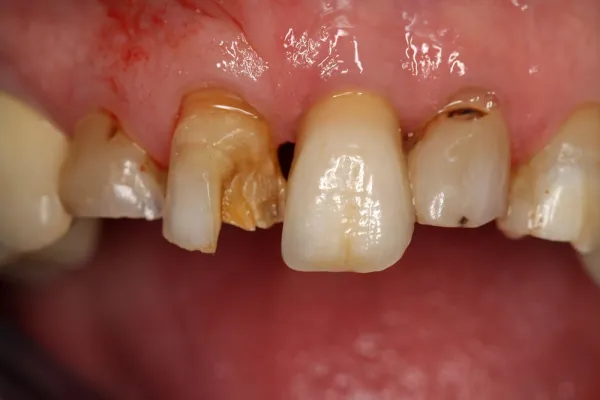Jump to K12.0 For Recurrent Oral Aphthae Reporting in ICD-10

Hint: Use different ICD-10 code for herpetic stomatitis.
If your oral surgeon diagnoses recurrent oral aphthous ulcer, you will report the condition in ICD-10 in a similar fashion in which you reported this in ICD-9. Even the list of inclusions and exclusions are similar which means that your reporting of the condition in ICD-10 will be pretty much straightforward and simple.
ICD-9: When your clinician diagnoses a patient with recurrent oral aphthae, you report the condition with the ICD-9 code, 528.2 (Oral aphthae). You use the same ICD-9 code when your clinician mentions the diagnosis as aphthous stomatitis; canker sore; periadenitis mucosa necroticarecurrens; recurrent aphthous ulcer or stomatitis herpetiformis. You cannot use 528.2 to report a diagnosis of herpectic stomatitis. You report this condition with the ICD-9 code, 054.2 (Herpetic gingivostomatitis).
ICD-10: When you shift to using ICD-10 codes post Oct.1, 2015, you will have to use K12.0 (Recurrent oral aphthae) instead of the ICD-9 code 528.2 to report a diagnosis of oral aphthae. As with ICD-9, you use K12.0 when your surgeon diagnoses the patient with either of terms such as aphthous stomatitis (major) (minor); Bednar’s aphthae; periadenitis mucosa necrotica recurrens; recurrent aphthous ulcer or stomatitis herpetiformis. Again, as with ICD-9, you cannot use K12.0 for a diagnosis of herpetic stomatitis. You report this diagnosis with the ICD-10 code, B00.2 (Herpes viral gingivostomatitis and pharyngotonsillitis).
Check on These Basics Briefly
Documentation spotlight: A few of the common findings that your surgeon will record when he arrives at a diagnosis of recurrent aphthae of the oral cavity will include the presence of many painful ulcers in the mucosa of the mouth. The ulcers usually heal up within a week to ten days although bigger ulcers can remain in the mouth for many weeks to even months prior to healing with some amount of scarring.
Upon examination, your clinician might note the presence of shallow ulcers that are less than 1cm in diameter. Your surgeon might observe the presence of a fibrinous exudate covering the ulcers. In cases of major recurrent aphthous ulcer, your clinician will note that the size of the ulcers is bigger than 1cm and they are much deeper than ulcers found in recurrent aphthous ulcer minor. Also, major aphthous ulcers might have irregular borders as several ulcers might coalesce to form a large ulcer.
In case of a herpetiform recurrent aphthous ulcer, your clinician might observe the presence of several small ulcers found together in a cluster. Again, these ulcers also might fuse together to form a larger ulcer.
When your oral surgeon suspects a diagnosis of recurrent aphthous ulcer, he will evaluate the patient to understand the frequency of ulcer formation and the size of the lesions. He will also check the patient’s history to understand if there is any family history for the condition, medical history to understand if the patient is suffering from any kind of allergies or vitamin deficiencies. He might also check if the patient is taking any medications. He will also want to evaluate the patient to see if the ulcers formation is accompanied by any other systemic involvement such as the presence of GI symptoms or the presence of genital aphthae.
Tests: Although your clinician will generally be able to arrive at a diagnosis of recurrent oral aphthae from the history, signs and symptoms and from physical examination of the patient, he might still ask for some tests to rule out other conditions that might be causing the ulcer formation. Your clinician might order for a complete blood count and might check erythrocyte sedimentation rate (ESR). He might also order tests to check if the patient is suffering from vitamin deficiencies and to check level of iron and ferritin.
If your clinician suspects other systemic involvement, then related tests such as a biopsy, viral culture or patch tests might be asked for. If GI involvement is present, a colonoscopy might be necessary.
Based on history, signs and symptoms, results from tests and histological tests, your clinician will arrive at a diagnosis of recurrent oral aphthous ulcer.




